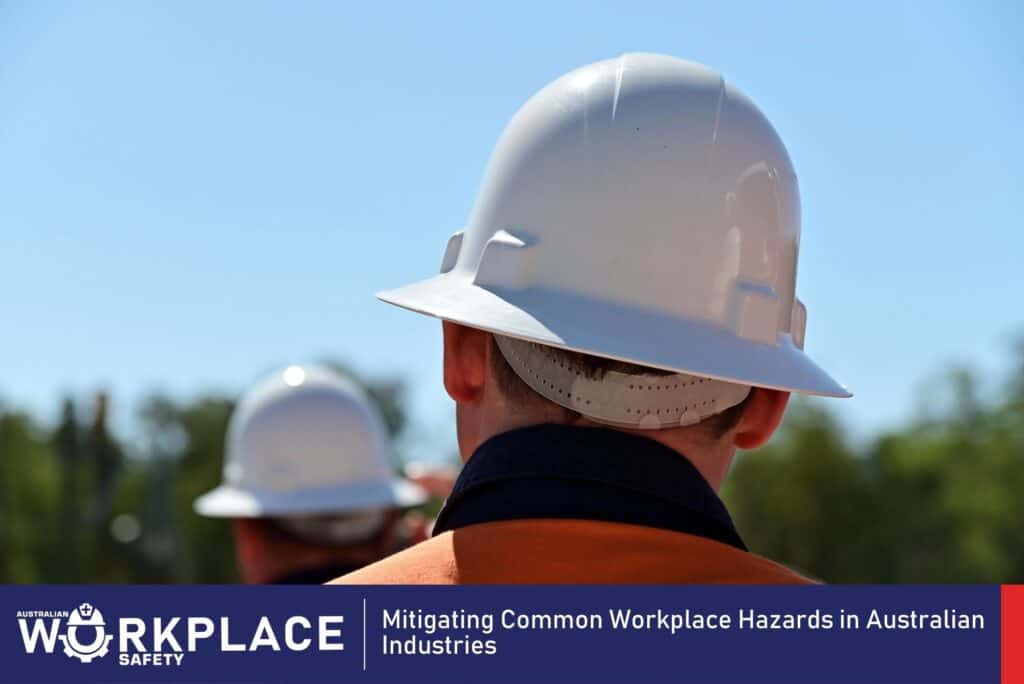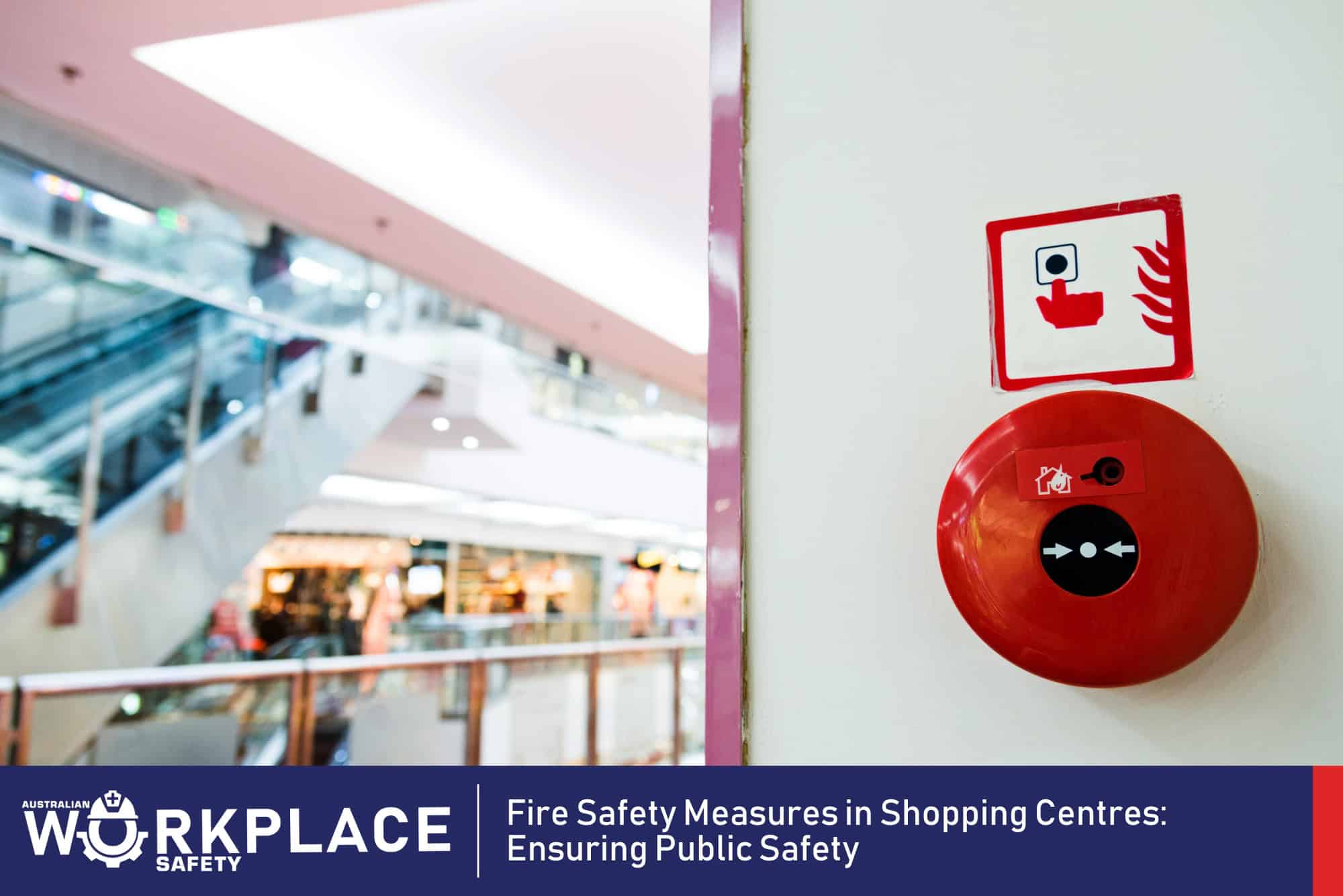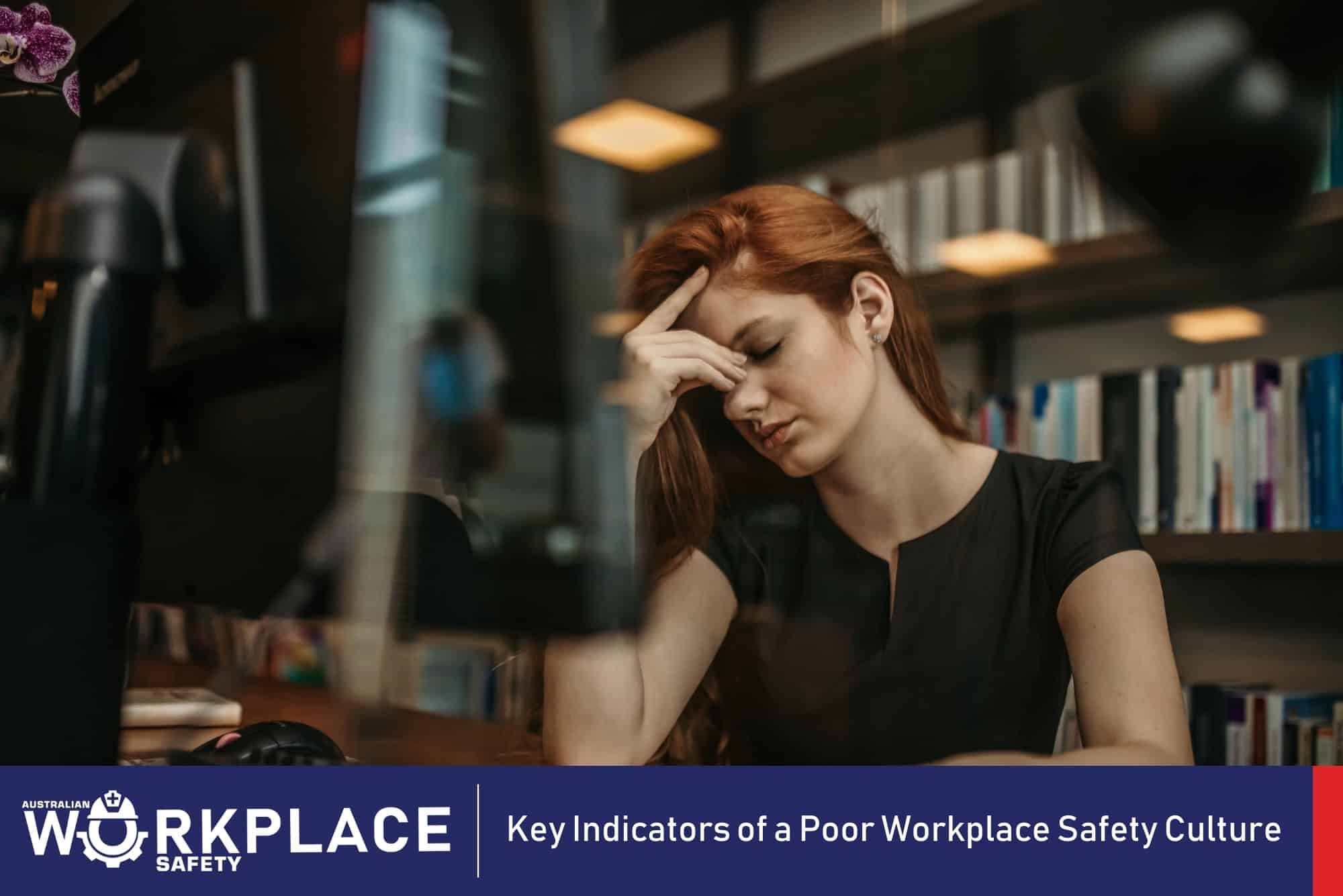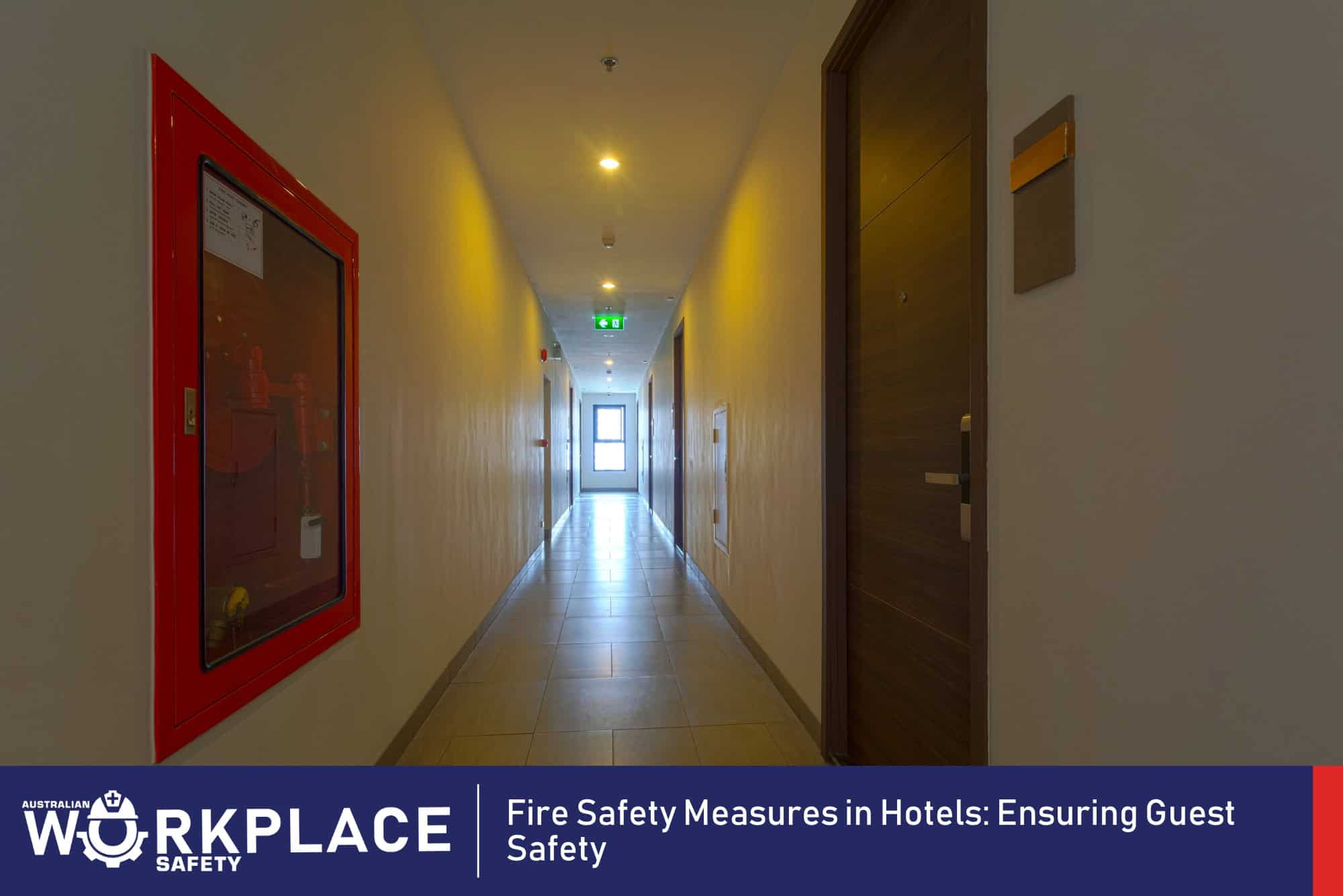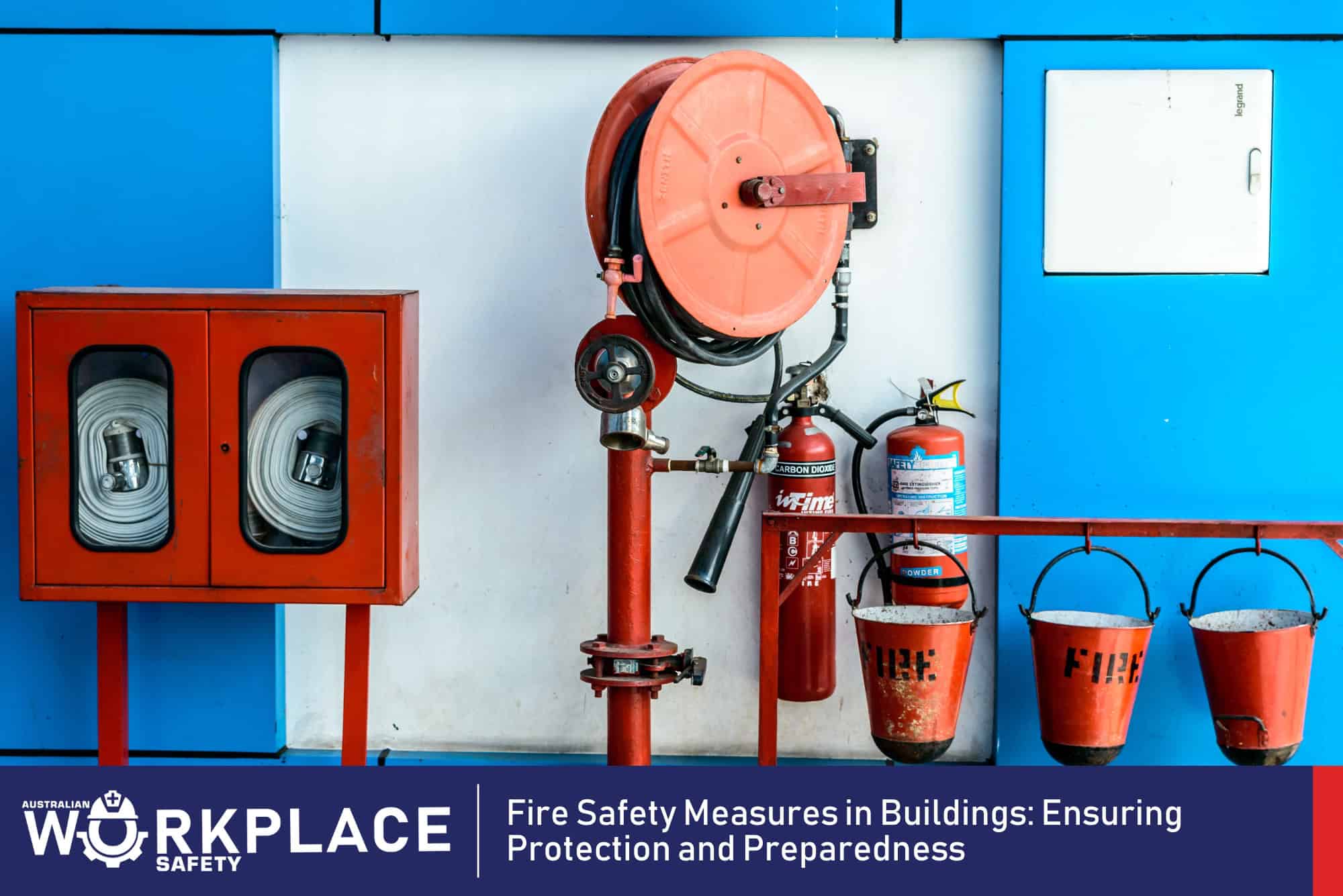Across various industries in Australia, workers face a range of potential hazards that can jeopardise their safety and well-being. As a responsible employer or safety expert, it is essential to identify these common workplace hazards and implement effective mitigation strategies. By proactively addressing these risks, Australian industries can create safer work environments and protect their employees from accidents and injuries. In this article, we will explore some of the most prevalent workplace hazards and provide practical guidance on how to mitigate them effectively.
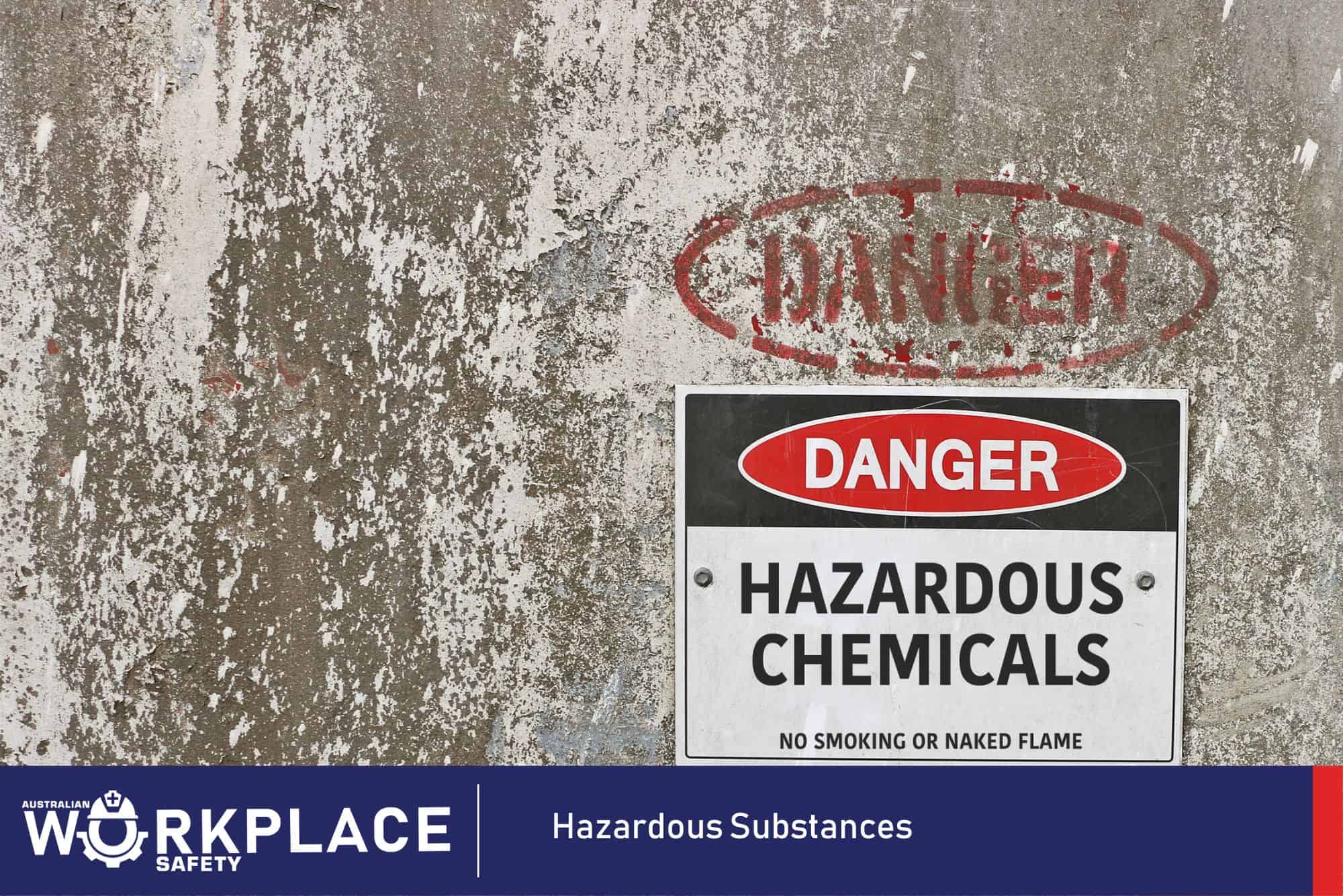
1. Hazardous Substances
Mitigation Strategies
- Implement strict protocols for handling, storing, and disposing of hazardous substances.
- Provide appropriate personal protective equipment (PPE) and ensure workers are trained in its proper use.
- Regularly monitor and assess the exposure levels to hazardous substances and adjust safety measures accordingly.
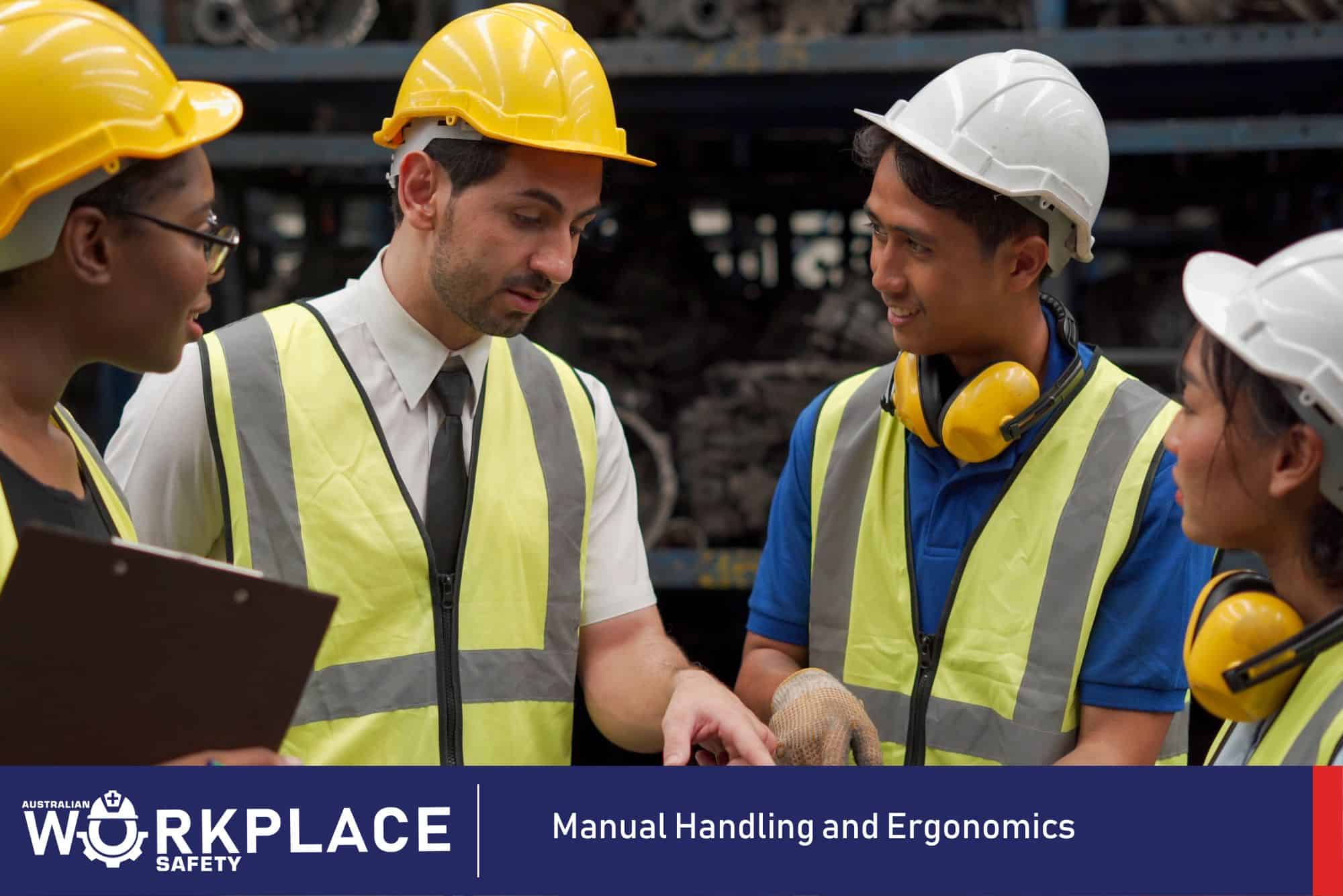
2. Manual Handling and Ergonomics
Mitigation Strategies:
- Conduct risk assessments to identify tasks that involve manual handling and implement mechanical aids or assistive devices when possible.
- Provide ergonomic training to employees to promote safe lifting techniques and posture.
- Adjust workstations and equipment to optimise ergonomics and reduce the risk of musculoskeletal disorders.
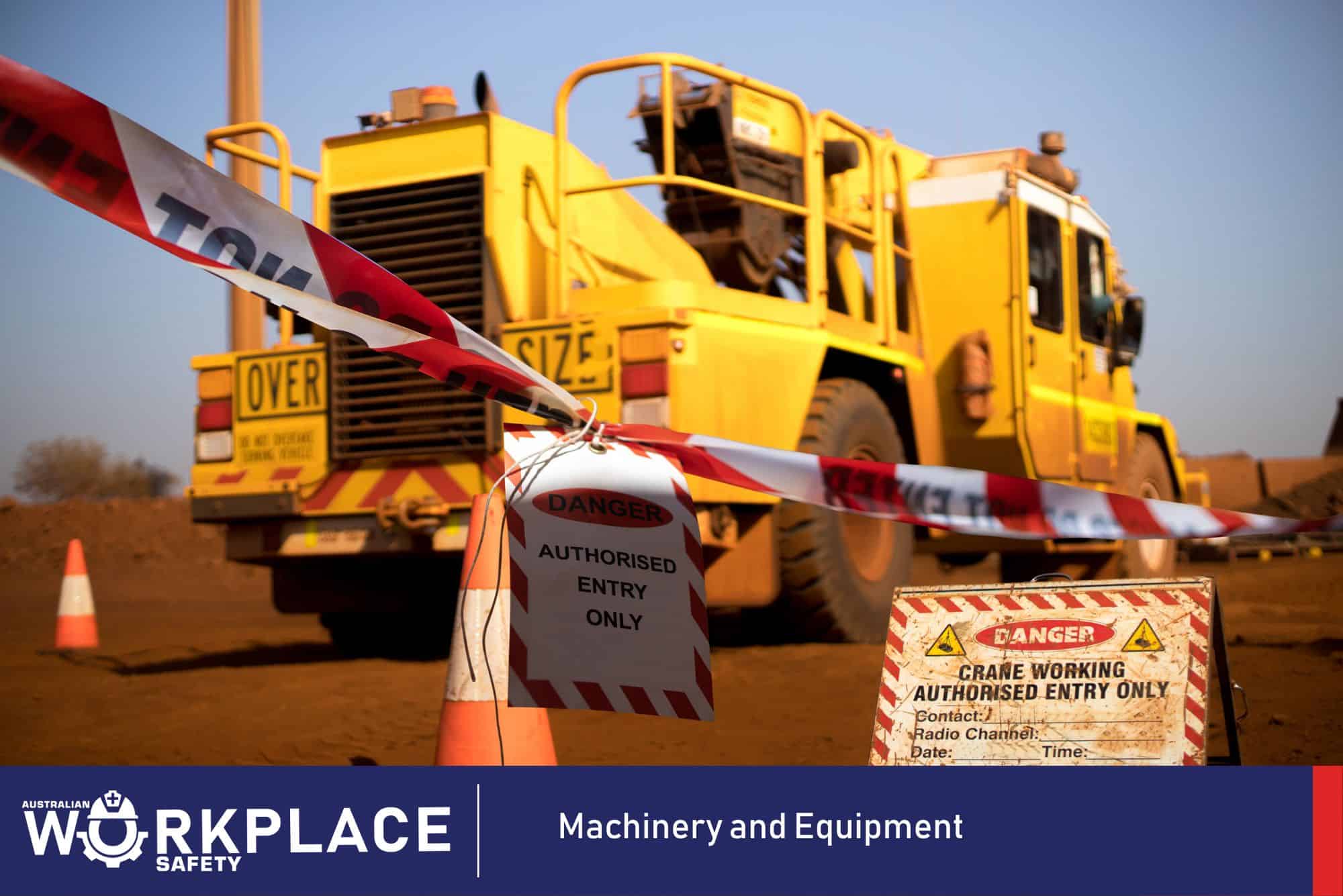
3. Machinery and Equipment
Mitigation Strategies:
- Regularly inspect and maintain machinery and equipment to ensure they are in good working condition.
- Provide proper training and certification for employees operating heavy machinery.
- Install safety guards, interlocks, and emergency stop buttons on machinery to prevent accidents.
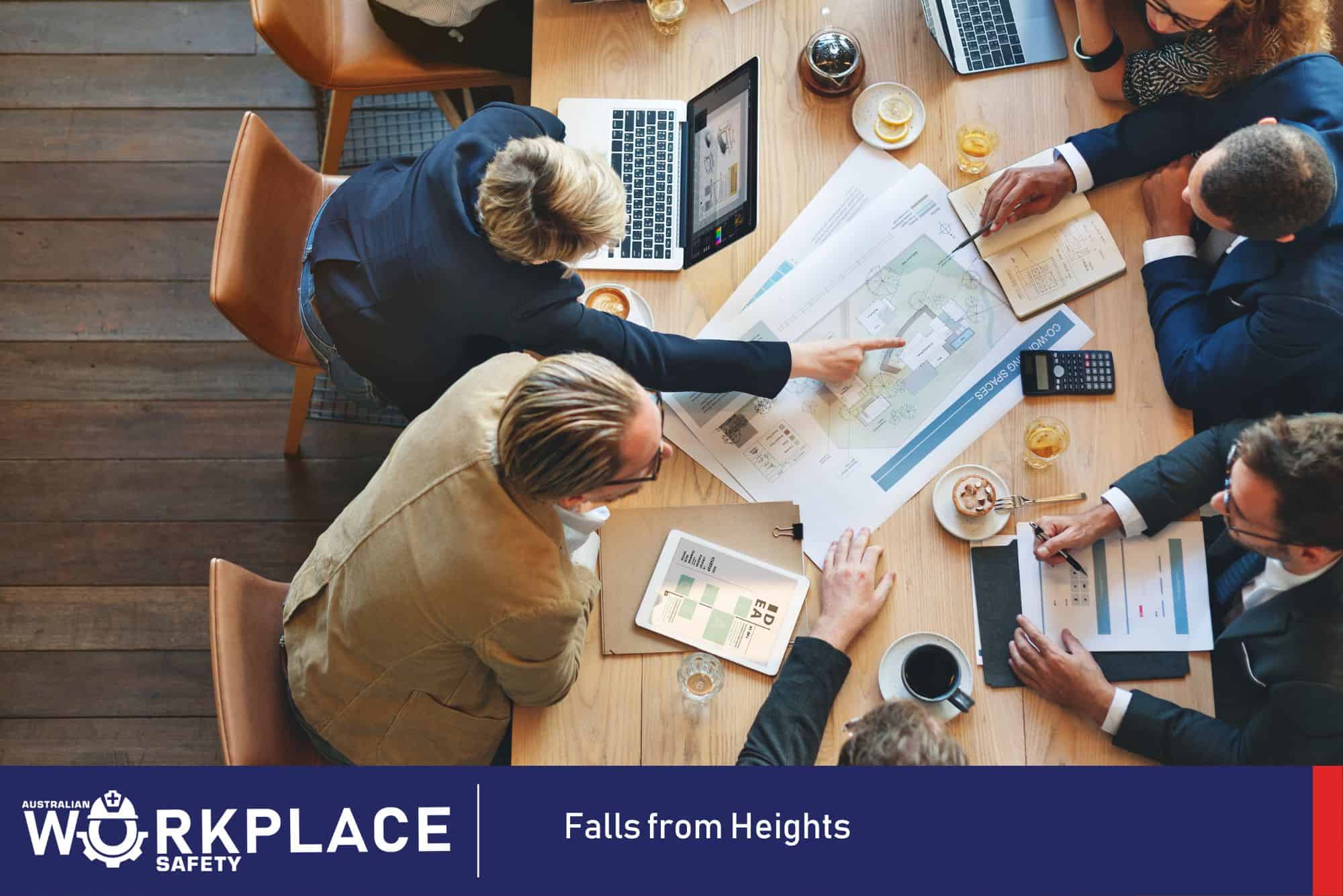
4. Falls from Heights
Mitigation Strategies:
- Use appropriate fall protection equipment, such as harnesses, guardrails, and safety nets.
- Conduct regular inspections of elevated work areas and address any potential hazards promptly.
- Provide comprehensive training for employees working at heights, emphasising safe practices.
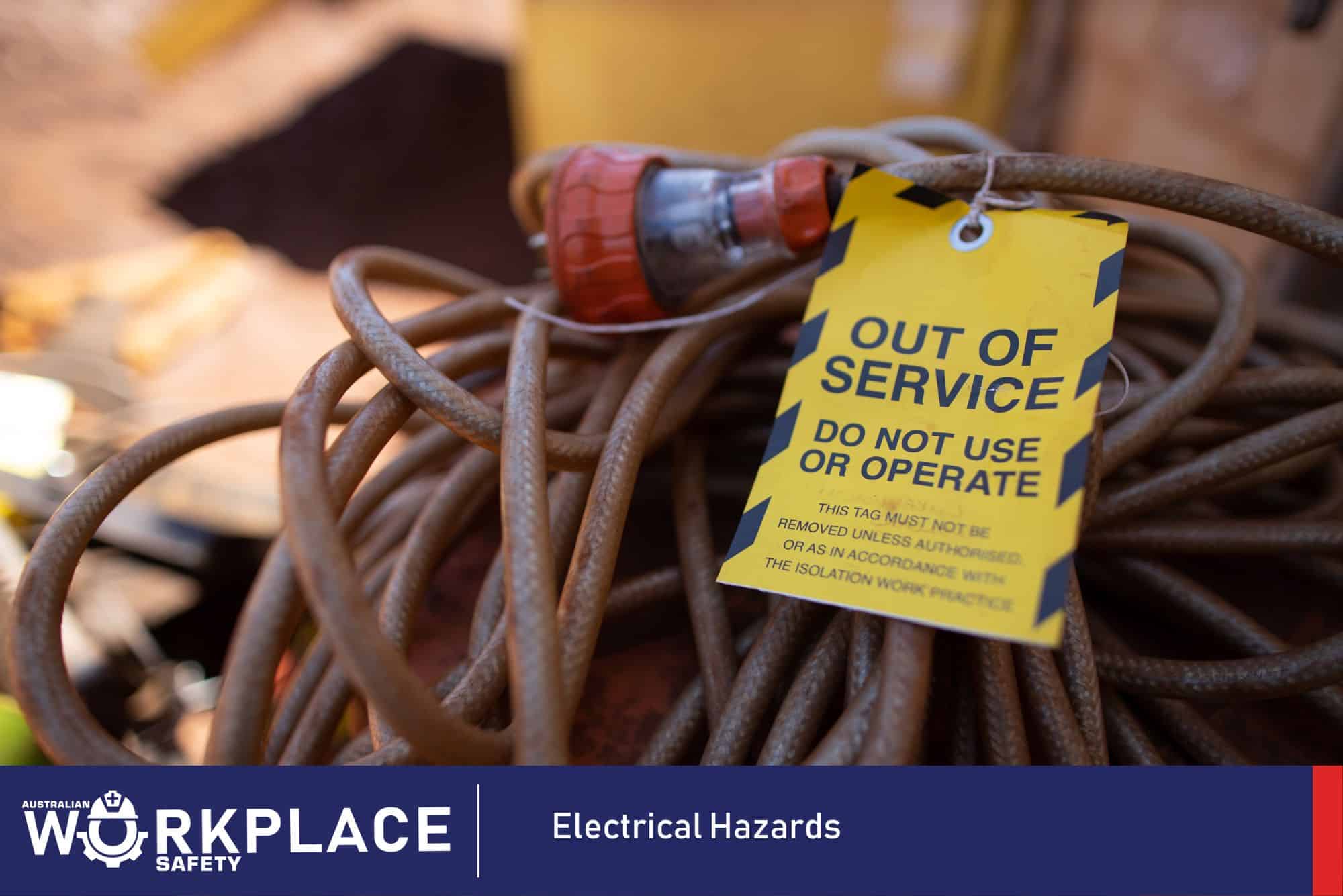
5. Electrical Hazards
Mitigation Strategies:
- Conduct regular electrical safety inspections and tests to identify and address potential hazards.
- Ensure all electrical installations and equipment meet safety standards and regulations.
- Provide electrical safety training to employees and restrict unqualified personnel from handling electrical systems.
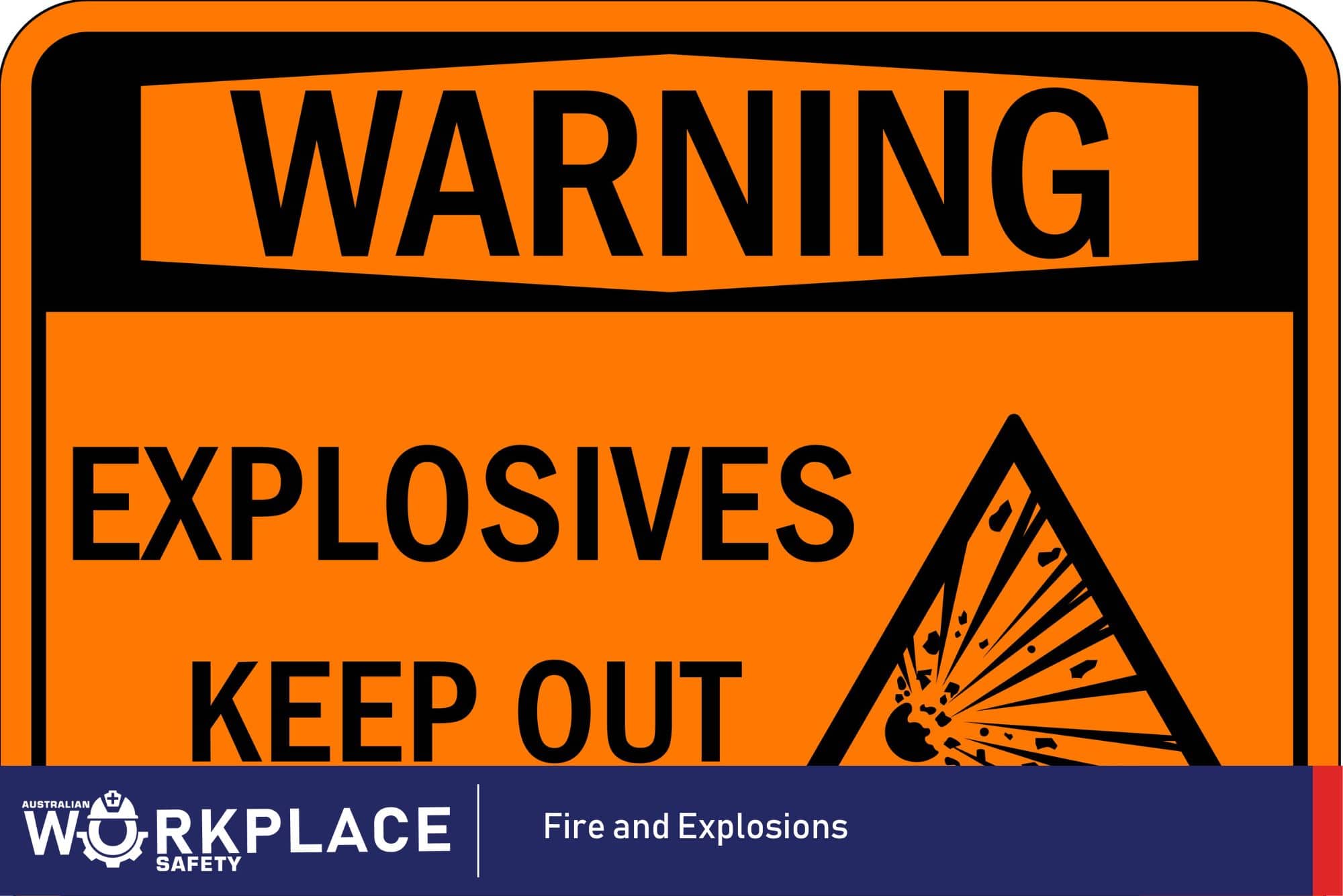
6. Fire and Explosions
Mitigation Strategies:
- Implement a fire safety plan that includes proper storage and handling of flammable materials.
- Install fire detection and suppression systems and conduct regular drills to ensure employees know evacuation procedures.
- Train employees in the use of fire extinguishers and other firefighting equipment.
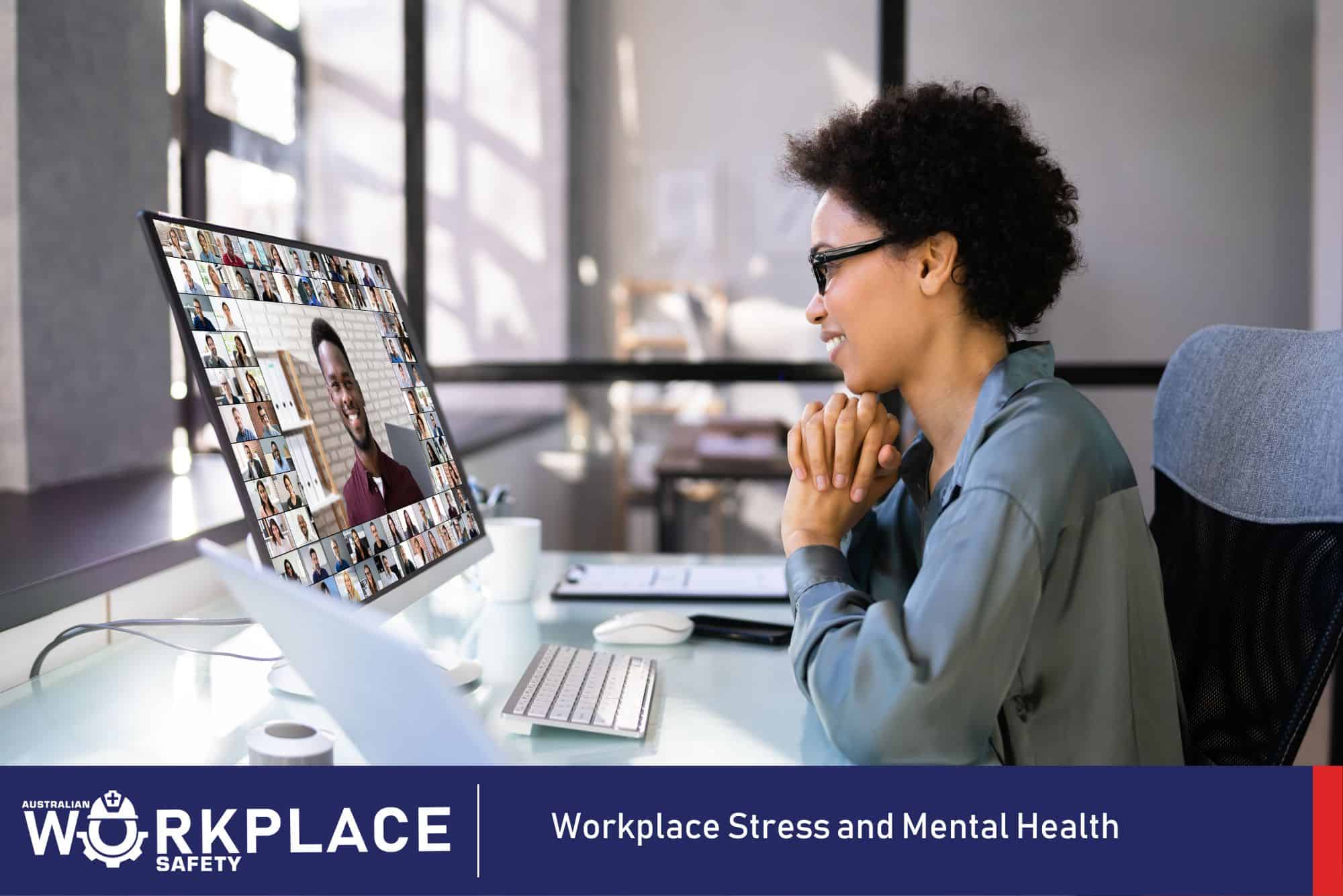
7. Workplace Stress and Mental Health
Mitigation Strategies:
- Promote a positive work culture that encourages open communication and supports employee well-being.
- Offer mental health programs and resources, including access to counselling services.
- Address workplace stressors and provide flexibility and support to employees facing challenging situations.
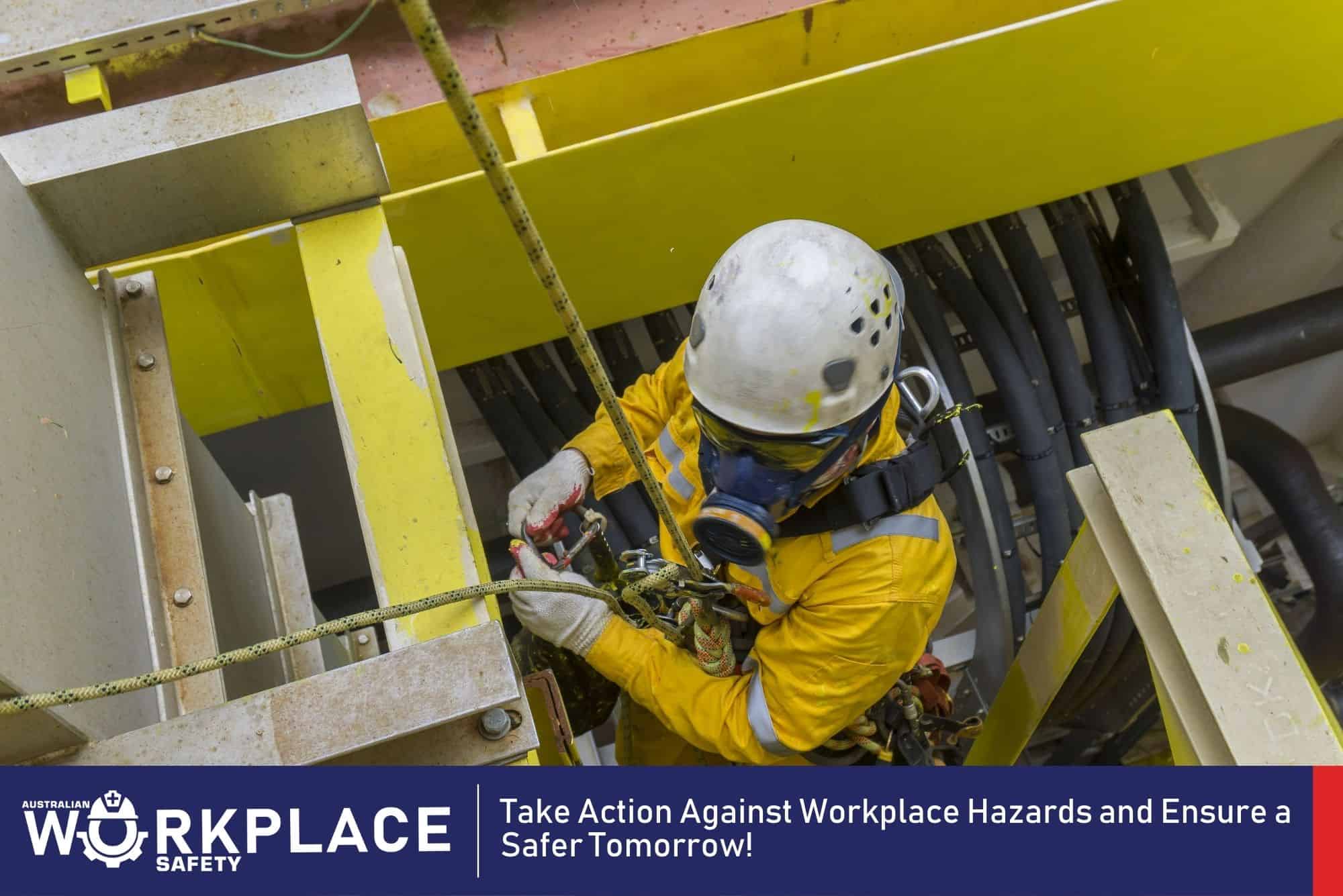
Take Action Against Workplace Hazards and Ensure a Safer Tomorrow!
Mitigating workplace hazards is an ongoing commitment that requires proactive measures and continuous improvement. By understanding the common hazards prevalent in Australian industries and implementing appropriate mitigation strategies, employers can create safer work environments for their employees. Regular risk assessments, comprehensive training, proper use of PPE, and fostering a safety-conscious culture are all critical components of a successful workplace safety program. By working together to prioritise safety, Australian industries can protect their workforce and promote a productive and thriving work environment.
Disclaimer: The information provided in this blog is intended for general informational purposes only. The safety practices outlined are based on general principles and may not address specific workplace conditions or legal requirements. It is important for employers and employees to consult with relevant occupational health and safety authorities, legal professionals, and industry-specific guidelines to ensure compliance with applicable laws and regulations. Every workplace is unique, and safety practices should be tailored to specific circumstances and risks. The author and publisher of this blog are not liable for any damages or losses that may arise from the use or implementation of the information provided.
